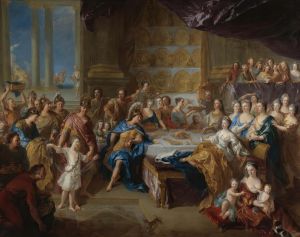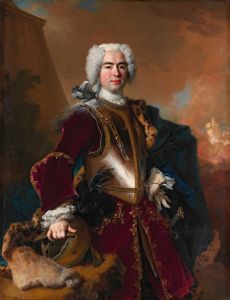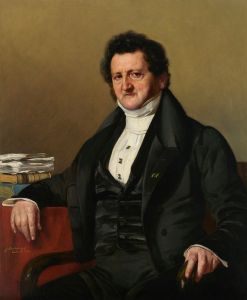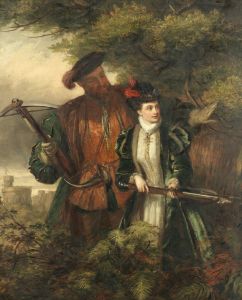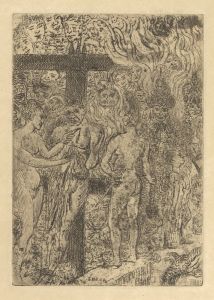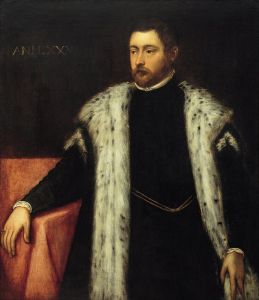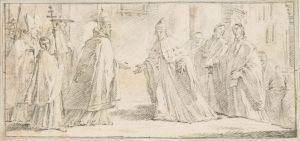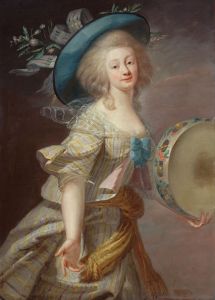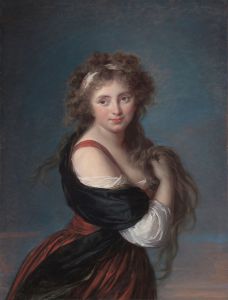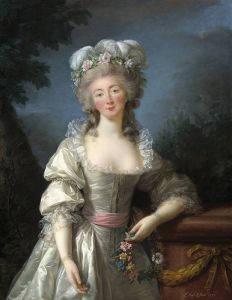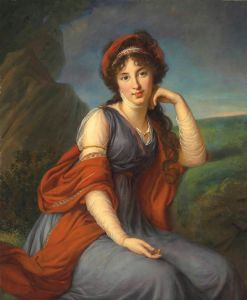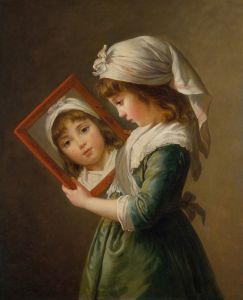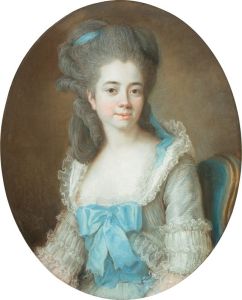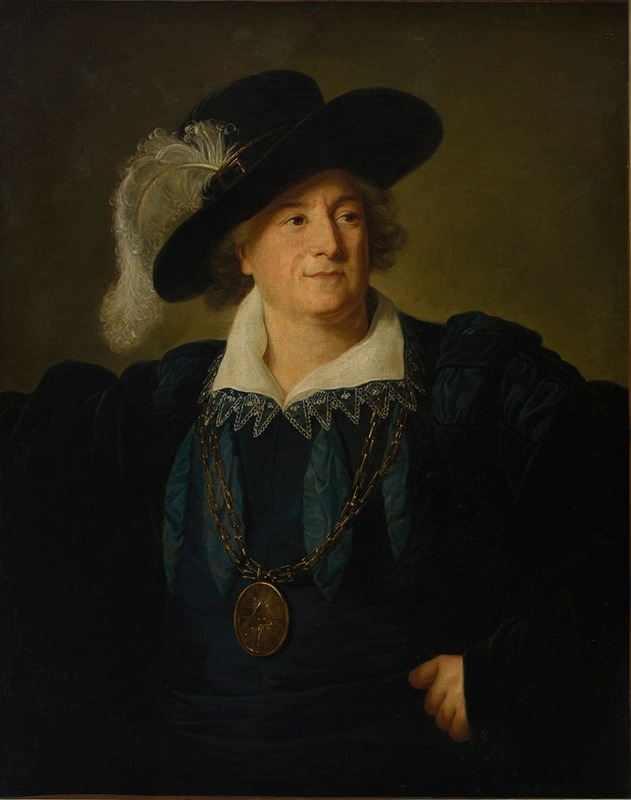
Portrait of Stanislaus Augustus Poniatowski Dressed as Henry IV
A hand-painted replica of Elisabeth Louise Vigée Le Brun’s masterpiece Portrait of Stanislaus Augustus Poniatowski Dressed as Henry IV, meticulously crafted by professional artists to capture the true essence of the original. Each piece is created with museum-quality canvas and rare mineral pigments, carefully painted by experienced artists with delicate brushstrokes and rich, layered colors to perfectly recreate the texture of the original artwork. Unlike machine-printed reproductions, this hand-painted version brings the painting to life, infused with the artist’s emotions and skill in every stroke. Whether for personal collection or home decoration, it instantly elevates the artistic atmosphere of any space.
"Portrait of Stanislaus Augustus Poniatowski Dressed as Henry IV" is a painting by the renowned French portraitist Elisabeth Louise Vigée Le Brun. The artwork depicts Stanislaus Augustus Poniatowski, the last king of Poland, dressed in the guise of Henry IV of France. This portrait is an example of Vigée Le Brun's skill in combining historical and allegorical elements with her subject's likeness, a style that was highly appreciated during her time.
Elisabeth Louise Vigée Le Brun (1755–1842) was one of the most prominent portrait painters of the late 18th century. She was known for her refined technique, ability to capture the personality of her sitters, and her association with European aristocracy. Vigée Le Brun painted numerous members of royal families and nobility, including Queen Marie Antoinette of France. Her works are characterized by their elegance, attention to detail, and use of soft, luminous colors.
Stanislaus Augustus Poniatowski (1732–1798) was the King of Poland and Grand Duke of Lithuania from 1764 until his abdication in 1795. He was a patron of the arts and an advocate for Enlightenment ideals, playing a significant role in the cultural and political life of Poland during his reign. The choice to depict him dressed as Henry IV, a French king known for his efforts to bring peace and stability to France, may have been intended to draw a parallel between the two rulers. However, the exact reasons for this artistic decision are not documented.
The painting reflects the neoclassical style that was popular during the late 18th century, with its emphasis on historical themes and idealized representations. Vigée Le Brun's ability to convey both the grandeur and humanity of her subjects is evident in this work. The portrait likely served to emphasize Stanislaus Augustus's royal stature and his connection to broader European traditions and history.
The current location of the painting and details about its commission or provenance are not widely documented. It is one of many portraits by Vigée Le Brun that highlight her enduring legacy as one of the most celebrated portraitists of her era.
This concise overview is based on available historical information, and no speculative details have been included.





